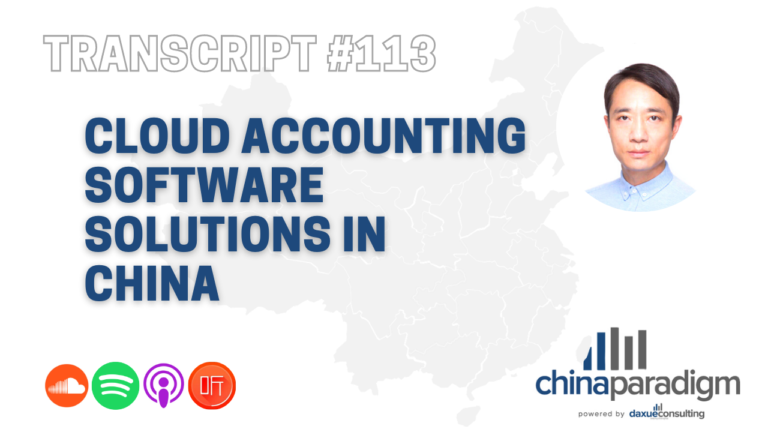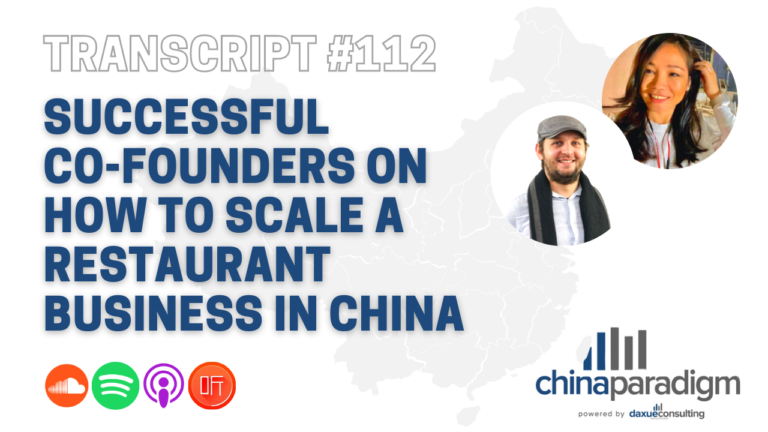The podcast industry in China is buzzing with excitement as more and more people tune in to their favorite shows and creators. Brands are catching on to this trend, seeing it as a fresh and exciting way to reach their audience. This shift highlights a growing preference among consumers for diverse and immersive content experiences.
Download our report on Gen Z consumers

This article explores the podcast industry in China, delving into its burgeoning popularity, commercial strategies, and cultural significance, shedding light on the transformative power of audio storytelling in the country’s digital media landscape.
Knowledge payment: a different path to the podcast in China than in the U.S.
Derived from the iPod (an Apple audio player) and broadcast, podcasting has been a well-established business in English-speaking countries such as the UK and the US. Especially after the phenomenal podcast show Serial blew up in 2014, pioneering a truly mainstream podcasting era in the US. Compared to traditional radio, listeners can listen to less restricted, rich audio content and are more willing to pay for it. These platforms follow a process of publicizing programs for free, getting traffic, and then monetizing through advertising.
In China, interestingly, podcasts did not follow the established commercialization path like in the West. The audio medium instead began in knowledge payment. Starting in 2015, knowledge payment and audio platforms such as DeDao (得到), Himalaya (喜马拉雅), QingTing (蜻蜓) and LiZhi (荔枝) tried to build up Chinese’ radio listening habits on their smartphones, whose content includes paid courses, audiobooks, comic strips, and audio weekly podcasts.
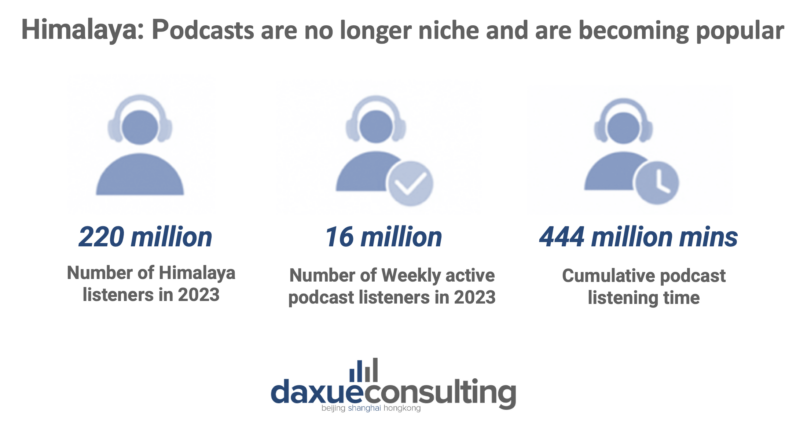
But strictly speaking, neither paid knowledge courses nor audiobooks can be considered true podcasts. By definition, podcasts place more emphasis on the personal characteristics of the blogger, the selection of topics, and the depth of the content.
However, around the same time of podcast platforms taking root in China, Douyin short video platform quickly flowered into the most popular video app, and audio content was quickly replaced by video content, taking people’s attention and fragmented time.
It was not until the last two years that the podcast industry in China entered the vision of commercial brands as the traffic dividend of Douyin or RED was on the wane. In 2020, the “Xiaoyuzhou” (小宇宙) finally arrived, marking the appearance of the first real Chinese podcast platform.
The Booming of the Podcast Industry in China
In 2020, among the bustle of short videos and live streams, long-form and in-depth podcasts had become a blue ocean of content creation. Taking the leading Chinese audio app Himalaya as an example, according to “2023 Himalaya Chinese Podcast Ecology Report”, there are more than 240,000 original podcasts on Himalaya as of 2023, with 20.36% of new podcasts added. ListenNotes has proved that the number of Chinese podcasts rose six-fold within three years from 2020 to 2023.
Podcasting has captured a large number of young people in first- and second-tier cities with its slow pace and sense of accompaniment. According to Himalaya, the number of Chinese podcast listeners has exceeded 220 million in 2023. Among the podcast listeners, young people in first- and second-tier cities are the main listening group, accounting for more than 65.12% of the total. This group is characterized by high education and high income.

Chinese podcast users have expressed on social media the practical value of podcasts – whether to break the information gap, break through emotional dilemmas, resolve workplace crises, or for entertainment during their daily commute. Himalaya’s report concludes that “fun” and “practical” are major characteristics of podcasts. Podcasts are capturing more new listeners by bringing a “sense of gain” and ”sense of companionship”.
The podcast industry in China also meets the differentiated needs of listeners because of the richness and diversity of their content, matching the interests of different age groups. For example, users born in the 1960s prefer health and wellness podcasts, listeners born in the 1970s pay more attention to investment and finance, post-80s prefer to listen to technology, post-90s pay more attention to entertainment stories, and post-00s like to catch up on suspense stories through podcasts.
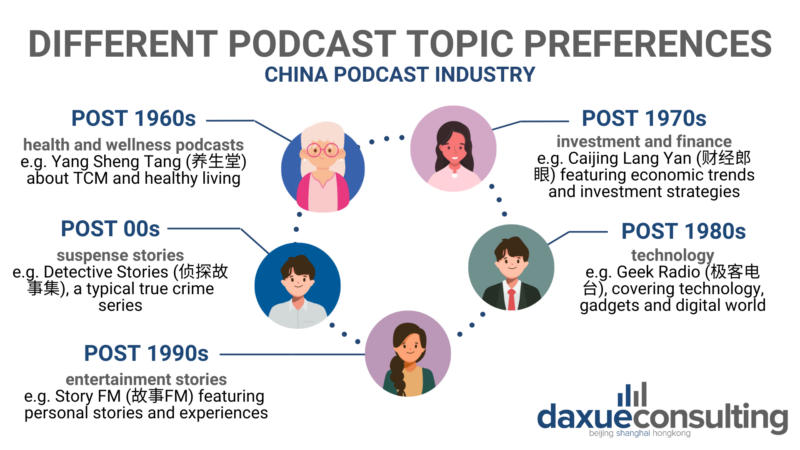
Most popular podcasts in China
In China, there’s a diverse range of popular podcasts that cater to different interests and tastes. Here’s a brief overview of some notable ones:
Lively Morning Coffee (声动早咖啡)
A 15-minute morning podcast that offers a light interpretation of business technology related to daily life, helping listeners start their day full of energy. It’s presented in highly produced business news segments, offering quick and lively business news, ideal for listeners looking for concise updates.
Aotu Radio (凹凸电波)
The podcast “凹凸电波” is a talk show that breaks traditional perceptions of gender discussions. It aims to provide accurate, interesting, and necessary popular science content to contemporary men and women while analyzing intriguing emotional issues and sharing hilarious growth experiences common to all boys and girls. Its unique approach to discussing gender and growth experiences in a lighthearted manner likely contributes to its popularity, catering mainly to a young audience interested in gender topics, emotional issues, and personal growth stories.

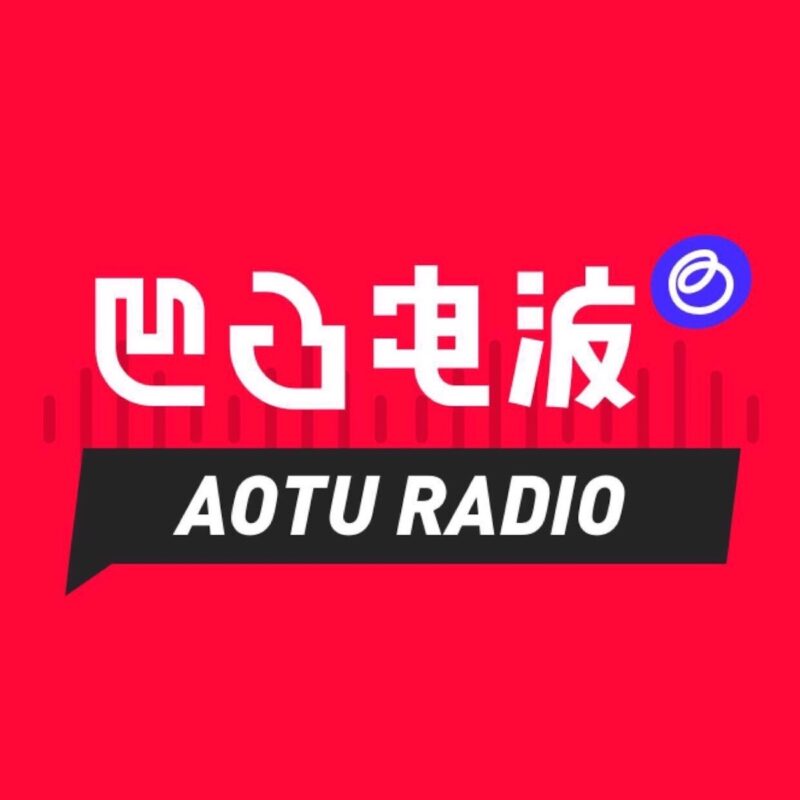

Other Waves (别的电波)
Focuses on urban youth culture and discussions about youth pop culture, produced by a Beijing-based media company. The show features lively discussions with a slightly commercial feel, often sponsored by Chinese brands.
Podcasting Becomes the New Frontier for Brand Communication
Podcast apps have their unique marketing value. Unlike the fast pace of short videos and live broadcasts, podcasts are more like a slow-paced “spiritual SPA”. A program of twenty minutes, half an hour, or one hour is the norm. The completion rate of high-quality podcast content can reach more than 50%. Therefore, in addition to short-term ‘impressions’, podcasts help the long-term construction of the brand’s image.
For example, the “搞钱女孩” (eng. Money-Making Girl) podcast featured an episode (#049) discussing a guest’s monetization journey on Bilibili, effectively showcasing the platform as a creative and lucrative space. This indirect promotion enhances Bilibili’s brand image by linking it to successful content creators and retaining listener engagement.
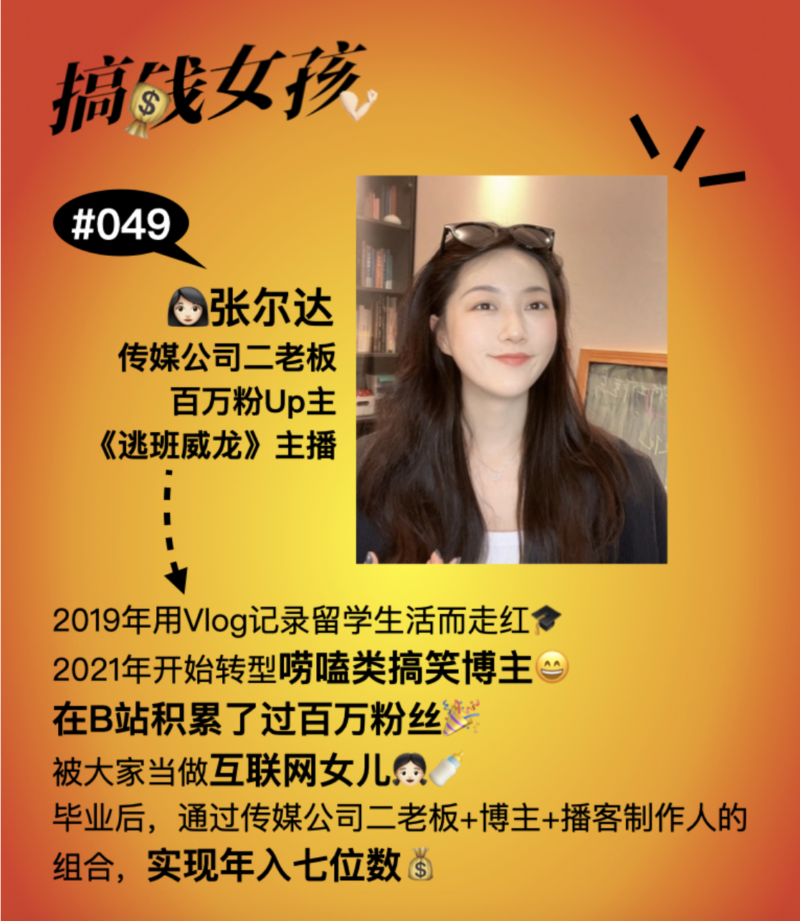
Additionally, consumers are more tolerant of ads on podcasts compared to RED and Douyin. According to Xiaoyuzhou (小宇宙), 72% of their surveyed listeners would like the podcast program to receive a brand partnership, and 82% took action after listening to a podcast ad.
Another reason is the cost-effectiveness of podcast advertising. Data shows that the CPM (cost per mille) of WeChat is 1,500 RMB, the CPM of Bilibili is 600-1000 RMB, in contrast, the CPM of podcast is 50-100 RMB.
Nowadays, more and more brands, even luxury brands, have created their official accounts on the podcast platform or have cooperated with some podcast bloggers.
For example, Tesla, which claims not to advertise, set up its podcast, “Tesla GIGA Radio” on Himalaya to share its design concepts and stories of Tesla owners. In addition, in October 2023, Louis Vuitton launched its first Chinese podcast Louis Vuitton [Extended] in Xiaoyuzhou (小宇宙). The program begins with Shanghai City Guide, which invites writers, actors, directors, and other creatives from all walks of life to engage in observations and conversations about the past, present, and future of Shanghai and LV spirit. In contrast to Louis Vuitton’s sparse comments on RED, the brand gained hundreds of deeply interactive comments under each episode on Xiaoyuzhou (小宇宙).

In another marketing approach, podcast platforms act as MCNs, allowing head podcast bloggers to work with brands and incorporate brand topics into their programs. On Mother’s Day 2023, PROYA joined hands with the “Blow Your Mind (BYM)” podcast to discuss the relationship between women’s responsibility in parenting, highlighting the brand’s concern for mothers and boosting the public’s good vibes towards PROYA.
Lancôme and Xiaoyuzhou (小宇宙) have jointly presented the podcast “The Nights We Stayed Up All Those Years”, inviting seven top podcast programs to share “The Nights We Stayed Up All Those Years, Some Glowing Moments in the Darkness”. In the comments zone, listeners shared a lot of experiences and stories about “staying up all night”. Through this podcast event, Lancôme Luminous Eye Cream is more deeply bound to the “staying up late” scene. It is reported that the podcast program has gained 13 million social media spreads, 600,000 in-depth interactions, and 3.1 million listening hours.
Key Takeaways the podcast industry in China
- In China, podcasts are no longer niche and are becoming popular.
- The majority of podcast listeners are in first- and second-tier cities with high consumption power.
- Podcasts can match the interests of different age groups and meet the differentiated listening needs of listeners, which also leads to the accurate positioning of brand marketing.
- Podcast marketing has the advantage of long-term brand impact, high user inclusiveness and willingness to pay, and cost-effective advertising.



